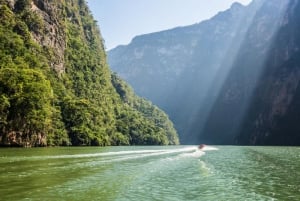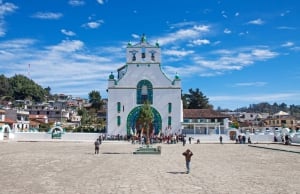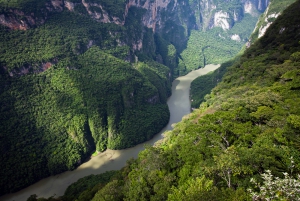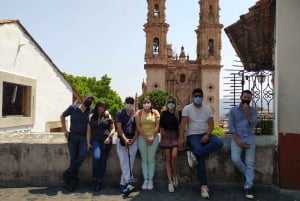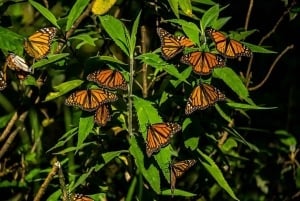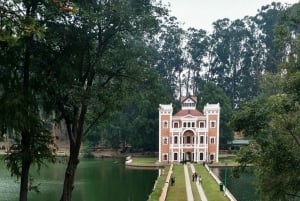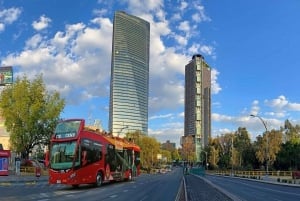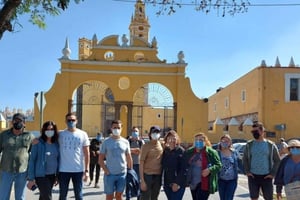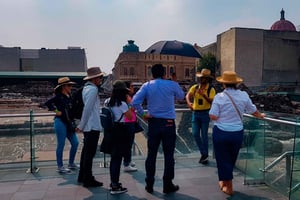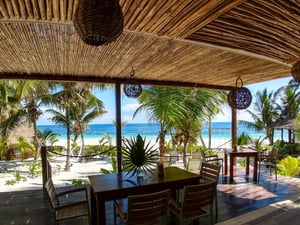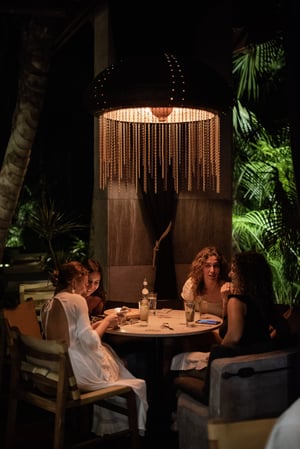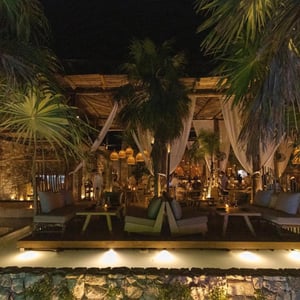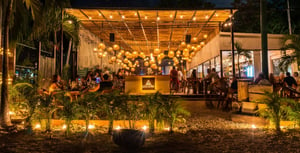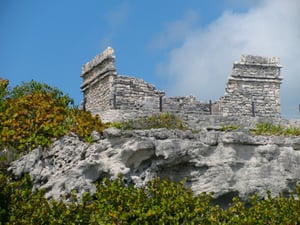Mexico off the beaten track. Unusual lagoons, deep canyons and Indian villages.
Book Top Experiences and Tours in Mexico:
If youʻre booking your trip to Mexico last minute, we have you covered. Below are some of the top tours and experiences!- Mexico City: Taxco & Cuernavaca Tour with Pre-Hispanic Mine
- Private tour to Peña de Bernal & Freixenet Winery from CDMX
- From Mexico City: San Miguel de Allende Day Trip
- CDMX: Neighborhoods Contrasts Private Tour
- Monarch Butterfly Sanctuary Tour from Mexico City
In the state of Quintana Roo, the Sian Ka'an Biosphere Reserve was created to protect the tropical rainforest, savannah and part of the coral reef. Howlers, ocelots, pumas, jaguars, crocodiles, monkeys... If only they were willing to pose for photos!
Mexico is also a paradise for bird lovers. Near Merida, in the Celestun lagoon, there is a flamingo reserve. Isla Mujeres is a haven for herons and cormorants.
Sumidero Canyon
Although the Sumidero Canyon can be seen from vantage points, it is a hundred times more impressive to cross it by boat with an Indian guide. Part of the canyon is located in the national park (moving through it without a guide is impossible). In the motorboats, after entering the park, the engines are turned off. Nobody wants to frighten off the birds and lazy alligators, which watch the tourists from a safe distance.
There is a dramatic history connected with the canyon. During the conquest, hundreds of Indians were supposed to commit a collective suicide here. Not wanting to surrender to the conquistadors, they threw themselves off the cliff. Legend has it that the place is haunted.
Tuxtla Gutierrez Zoo
Tuxtla Gutierrez means 'place of rabbits' and is the capital of the state of Chiapas. One day is worth taking a trip to... zoo. Few can match the one in Chiapas.
In Zoologico Miguel Alvarez del Toro in natural scenery live, among others, tapirs (to meet with such a nose to nose is just an adventure!), ocelots, jaguars, numerous species of monkeys and goats.
Indian villages in the Chiapas mountains
If you are fed up with cheap cepeliada for tourists, or "traditional" shows in the streets of cities, go to San Cristobal de las Casas - the cradle of guerrillas hiding in the mountains and fighting for the rights of Indians.
The town, nestled in the picturesque mountains, is inhabited by Mayans who have preserved their traditions to this day. A taxi trip to the village of San Juan Chamula can be combined with a visit to the settlement of Zinacantan. In both, priestly brotherhoods (known as cofradias) have been preserved to this day, acting as a council of elders.
In the church of San Juan Chamula (open to tourists) you can look at traditional rituals. The priest assigned to this parish was asked to leave the village, the pews and paintings were carried away and the church adapted to Indian fashion. Its hay-cushioned interior is filled with Indian families who feast, drink pox (local moonshine) and gossip. Sometimes someone spills a little alcohol or Pepsi-cola on the ground. This is an offering to the spirits of the dead.
The Copper Gorge
When visiting northern Mexico, don't miss the Barranca del Cobre Gorge - deeper than the American Grand Canyon. The Tarahumara Indians live in caves and wooden houses. Their traditions have been preserved unchanged for hundreds of years.
It is here that the French visionary, actor and poet Antonin Artaud came to chew peyote (a plant with hallucinogenic properties) with the Indians and open his mind to extraordinary sensations.
Every city dweller should also look forward to new, enchanting visions. The chain of ravines covering 64 thousand square kilometres, the 300-metre high Cascada de Basaseachi waterfall, the valleys full of caves and rocky peaks are best admired from the train. The railway line running from Chihuahua to Los Mochis is not without reason called the most spectacular railway line in the world.



